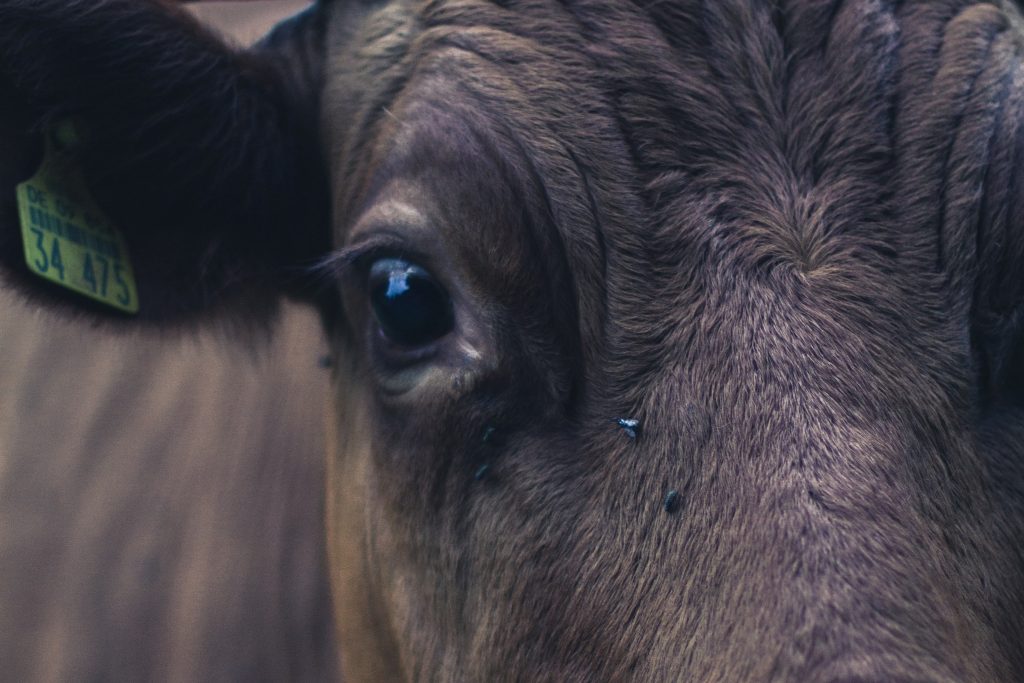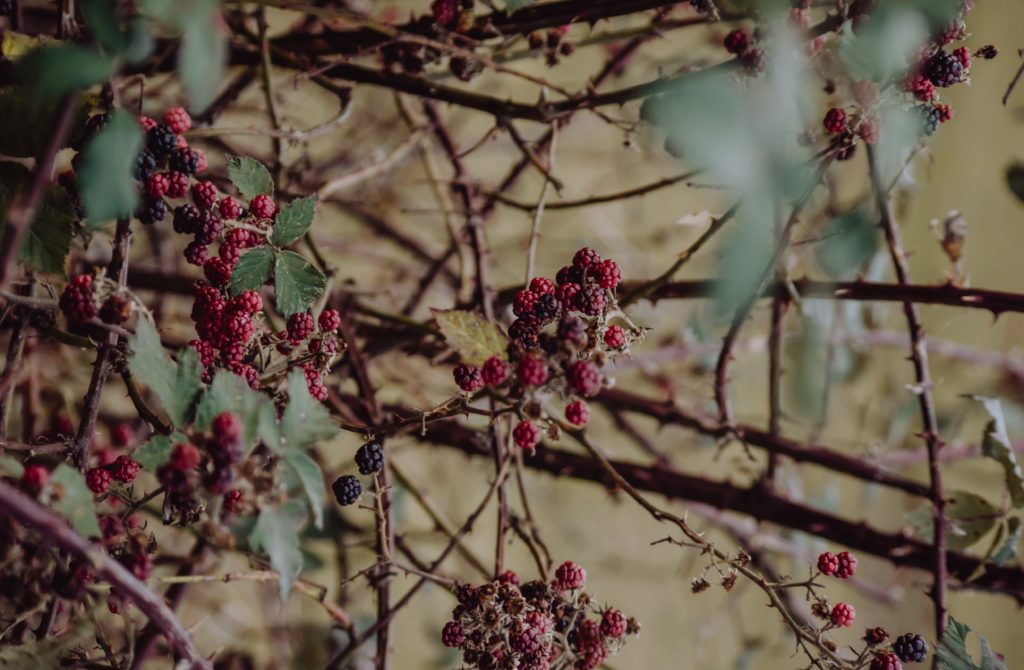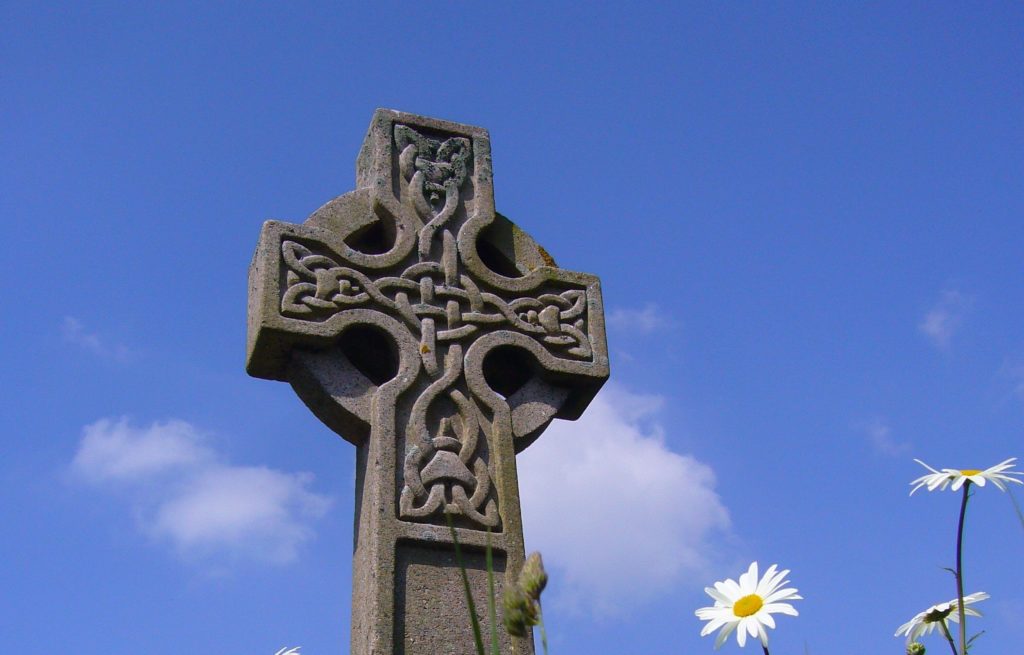I come from a rural patch of green belt in the West Midlands. It is a place where you can still catch glimpses of people out looking for gold in fields with metal detectors, or in canals with fishing magnets.
I was nine years old when the first case of foot and mouth disease was detected in Essex, on 19 February 2001. Three weeks later it came to Worcestershire, to the ironically named Happy Bank Farm. Two hundred and forty cattle and twenty sheep were slaughtered at Happy Bank before any of us knew what was happening. It was lambing season. Normally, my sisters and I would be making a nuisance of ourselves with friends, collecting afterbirths from the lambing pens, or bottle-feeding the orphans. 2001 did not look like normal.
This was in the days before social media and smart phones. There was no signal where we lived and the dial up connection for the internet was terrible, but we learned pretty quickly what foot and mouth disease was, what it meant. It causes painful blisters inside the mouths and under cloven hooves of farm livestock like cows, pigs and sheep. It can kill young animals. The virus is so infectious that it is able to survive on contaminated clothing for a fortnight.
So, 2001 did not smell like normal either.
The first steps in and outdoors were bleached in disinfectant. Buckets of chemicals started appearing by gateways for visitors to dip their wellington boots into. It was industrial stuff, thicker and stronger even than Jeyes fluid, the ‘green gloop’ we used for washing out barns. We rolled out the red carpet to meet the virus, as it were; everyone laid carpets and mats soaked in disinfectant outside their homes for vehicles to drive over. I was always interested in where all those old carpets came from. I asked everyone who had one if they’d got it from inside their house or the tip. I was largely ignored, which was quite normal, at least.
Water troughs soon replaced the buckets. I thought it was a game and would get it in the ear from my mum when she came to do the washing, and found my jeans soaked above the knee. The year before it had been fun to jump in puddles, and nobody minded.
People were industrious. The next trend was to fill herbicide backpack sprayers, designed for weed killing in gardens, with bleach. These were used to spray the wheels of cars, but not under any circumstances as a substitute for water pistols in close combat – although later I did hear of people using supersoakers as a means to apply bleach to car tyres and equipment as well.
The Rogers, who kept a dairy herd at the bottom of the hill by the railway, were the first to lock down. Their yard was made of beautiful Victorian brick, square, with bright blue paint – chipped, but otherwise undamaged – on the wooden doors, windows and even the drainpipes. There is a tower to the right of the yard, with a proud weather vane on top. It is the sort of farm you see in picture books, complete with a friendly farming family in rude health waving from inside a red tractor. The farm doesn’t have a drive but stands alongside the road, which the Rogers closed. It seems impossible now, but I remember we didn’t drive along that road for the rest of the year. I don’t know if other people did, if the Rogers managed to get a formal notice from the council or just hoped their barriers and signs would appeal to peoples’ sensitivities, but that’s how it was. ‘Keep Out’ signs were an act of kindness.
We had to find other ways to get to school. School runs had long become a muted affair anyway. Because we lived in the sticks and the only bus service from the village went twice a day (and only then if you called in advance to let them know you’d be catching it), we shared lifts with other families, most of whom also farmed. I remember once, well before the FMD outbreak, sharing the back seat of a car with a dead sheep that was being taken for testing. Some might consider it eccentric to share a seat into school with a dead ewe, but it had been our normal at the time. The ‘new normal’ was, of course, not to go near dead sheep. I understood that rule.
My mum remembers the first time death overtook us. We were on the way back from school. Mum turned the Land Rover onto the main road and into the wake of a large livestock lorry. Blood was streaming out across the road through the holes on the floor of the lorry which are there to drain urine, and a broken cow’s hoof dangled out through a gap in the ramp. The lorry was probably heading to the disused airfields in Throckmorton, by Evesham. That village used to have happy connotations for my mum – she had sent a mare to stud there, and came back with a beautiful foal eleven months later. But she hasn’t been back to Throckmorton since FMD – it was used as a mass burial pit for over a hundred thousand contaminated carcasses. Of course we didn’t know it would be that many at the time. We dealt with the day-to-day. The larger picture eluded us.
We were accustomed to having the run of the footpaths and bridle ways that linked nearby farms with the common land, but that summer all public rights of way were closed. It felt as if life itself was prohibited, because all the things we did for work and amusement, we did off-road: walking dogs, riding horses and getting together at the races, livestock shows and farm machinery demos. Because of FMD, there was a nationwide ban on moving live animals, including horses. There were some half-hearted efforts to Go Into Town and do other activities. I remember a day at an outdoor water centre, where we took part in a team challenge. It was a sort of mad scavenger hunt, and I can still feel my embarrassment at being fished out from the middle of the water, which I was attempting to swim across with a metal bowl, by a man in a motorboat. I was a terrible loser, and held the wetsuit that I had been forced to wear accountable for my near-drowning experience. Most activities were organised by the local pony club. We continued to meet regularly, learning new ways of bandaging our fat ponies’ legs. Horses are intelligent creatures and they were offended at being left to pick over the same grass, in the same, field day in and day out. I gave my pony Bluebell endless shampoos during those long months when I couldn’t take her out, plaiting and re-plaiting her tail. I tried to teach her how to shake hands but the only thing she learned was how to bite them.
The abandoned summer had been heating up in other ways. At first, only pigs, sheep and cattle were slaughtered on premises where an animal had tested positive for FMD. The next policy was a contiguous cull, which encompassed all sheep within a three-kilometre radius of a confirmed case. They were shot on the spot, and the carcasses were burned and then buried in quicklime. As our house was on top of a hill, it was now impossible for mum to avoid the pyres and men in white boiler suits wherever we went in the car. She remembers a trip to Tesco, waiting at the roundabout lights by Worcester Blind College where we used to go for swimming lessons, and watching the men in white coats running this way and that after the lambs. Tesco in itself was a strange one – strange to see the meat and its price unaffected in its plastic wrappers on shelves, imported from Argentina, Thailand, New Zealand, whilst ‘Buy British, Buy Best’ bags sat gathering dust. It was stranger still to see these slaughter men, most of whom didn’t have any experience with animals, running round and round in little circles in their funny white frock coats and ghost-buster boiler suits. A near catch, a miss, a duck and a slip. The contiguous cull meant that these were healthy lambs being caught for slaughter, to join the pyre, which was already alight in the corner of the field. A comedy trick was missed in the disturbing fact that, from a distance, it wasn’t always easy to tell what was man and what was lamb, who was chasing whom.
There were days when, from the hill, you could see more than one pile of animal carcasses being pushed together and heaped one on top of another by fork-lift trucks and tractors with loaders. The same tractors that, in gentler times, went back and forth with hay, or towed trailers of straw for the animals to sleep on, were now heaping dead animals on top of dead animals. The carcasses were first soaked in diesel oil or paraffin, lit, and then the ashes buried in a pit. At least a day was required to prepare a pyre suitable for one hundred head of cattle. It took time to burn the carcasses thoroughly, at least two days. But that black, choking smoke would continue to smoulder for weeks after the bodies stopped being bodies. During this second stage of the virus, the disinfectant ceased to be the signature smell of the outbreak, toppled by petrol and burning fat, whilst the pyres flamed like some desperate, post-industrial re-enactment of ancient animal sacrifice.
I am a real killjoy at summer parties, where the smell of a barbeque heating up still makes me faintly sick.
I remember one day at school my classmate Jessica brought in some photos of their new-born litter of brown Labrador puppies. Our classroom was on the corner of the building, second floor. Whilst my class cooed over the pictures, coming up with names for the tiny dogs and making play dates to go and see them, I was distracted by a bonfire in the distance. I was trying to work out from the colour of the smoke if it was bodies being burnt or just an innocent bit of garden tidy. A friend called me over and I said something mean about the puppies. I think the teacher sent me out the room. I remember thinking, this room is very hot. I think I might be going mad.
We developed our own kind of persecution mania because life elsewhere seemed to continue as normal and the news on the TV had moved onto other headlines, like the rising tensions in Afghanistan. We clung onto certain newspapers, politicians, ideas because there weren’t any answers and we could think about nothing else. Pass me the salt. Fuck the government. MSF is out of disinfectant again. DOWN, not at the table. These are memories like ingrown hairs, itchy, painful, purulent – but nothing to write home about.
Then, once nine months had passed and we had become accustomed to living in this way, once everything had been burned up, things started opening again. The carpets got taken away as each farm lost its livestock, and the ‘Keep Out’ signs also vanished. The tests became more reliable and readily available. On New Year’s Day 2002, the final cull of the epidemic took place in Northumberland. Officially, that marked the crisis’s end. It was estimated to have cost the UK £8 billion. Over 6 million cows and sheep were killed. The way it had been handled was considered a success and there was no full public enquiry into why it happened or the response. An appeal at the High Court against the government’s decision not to hold such an inquiry was rejected. Margaret Beckett, then-Secretary of State for Environment, Food and Rural Affairs ruled it would be too costly and take too long. Government departments were quickly reorganised and the Ministry for Agriculture, Fisheries and Food, the department responsible for the handling of the outbreak, disappeared. The ‘cause’ or ‘root’ of the outbreak was never formally identified. Intense farming and long-distance stock transportation picked up where they had left off, leaving scope for a replay when the next catastrophic disease comes along. The whole thing had been awful, and once it had passed, the higher-ups were only too happy to sweep awkward questions under the disinfected carpet, and move on.
In total, the FMD epidemic lasted a year. A year is not long but it was enough time for some farmers to go broke, to be broken.
∆
Get the best of Moxy directly in your inbox.
The other day I dropped off some homemade facemasks for a family that we used to share lifts to school with – the ones with the dead sheep in the back seat. I had buried the memory of what had happened on their farm during FMD. Only after I had left the masks, did I remember that Martin had been the only farmer in the country to shoot his own herd. He used to drive the local horse ambulance and as part of his qualification, had been granted a slaughter-man’s licence. The Ministry supervisor, who had been contracted to oversee the slaughter, was a kitchen fitter from London. The trucks they used to carry away the dead cattle came from Aberdeen. Martin didn’t trust the officials to take the same care of killing his cows that he’d taken in looking after them. He led the cows to the same barn where he had taken them for milking the day before, and one by one, shot all four hundred and eighty-six of them dead.
∆
A postscript. Three years later, Defra returned to Martin’s farm after a team of environment consultants found traces of asbestos. They dug up and drove away seventeen loads, weighing fourteen tonnes each, of oils, tar, chemicals and whatever other shit had been burned with the four hundred and eighty-six cows. Most of the logistics work was outsourced and ended up being botched. Insurance and compensation claims were still being sorted years later, which makes it rather difficult to move on.
I have moved house since FMD. Now I live on the other side of Worcester, towards Redditch. The milk collection lorry comes at all times of day and night to the dairy farm next door. Often I wake up as I hear it rumble down the drive at midnight, skipping stones and sending headlights on full beam through the thin curtains into the bedroom where moments before, I was sleeping. I will not go back to sleep until the arctic has completed its collection, and returns rumbling down the drive, its belly full of milk.
Elizabeth Briggs works for Arts Council England and independent publisher Saqi Books. Her writing has been published in The Punch Magazine and TACO!. Her chapbook, This Work of Art, is available from A3 Press. She was born in Worcestershire, where she now lives with her partner, who is a regenerative farmer. @elegyforlota





